Neuroscience

Neurotransmitter receptors function via various G-protein coupled and G-protein independent mechanisms that activate downstream intracellular signaling pathways such as cAMP/PKA, PI3K/AKT, phospholipase A2, and phospholipase C pathways. For instance, dopamine receptors act through adenylate cyclase to activate PKA and other signaling molecules, thereby mediate gene expression through the actions of CREB and other transcription factors. Other neurotransmitters such as NMDAR or AMPAR are associated with ion channels that control flux of Ca2+ and Na+, thus propagating the action potential across the post-synaptic neuron.
Dysfunctions in GABAergic/glutamatergic/serotonergic/dopaminergic pathways result in a broad range of neurological disorders such as chronic pain, neurodegenerative diseases, and insomnia, as well as mental disorders including schizophrenia, bipolar disorder, depression, and addiction.
-
 A3192 Asenapine hydrochlorideSummary: Atypical antipsychotic
A3192 Asenapine hydrochlorideSummary: Atypical antipsychotic -
 A3259 BMS-927711Summary: CGRP receptor antagonist
A3259 BMS-927711Summary: CGRP receptor antagonist -
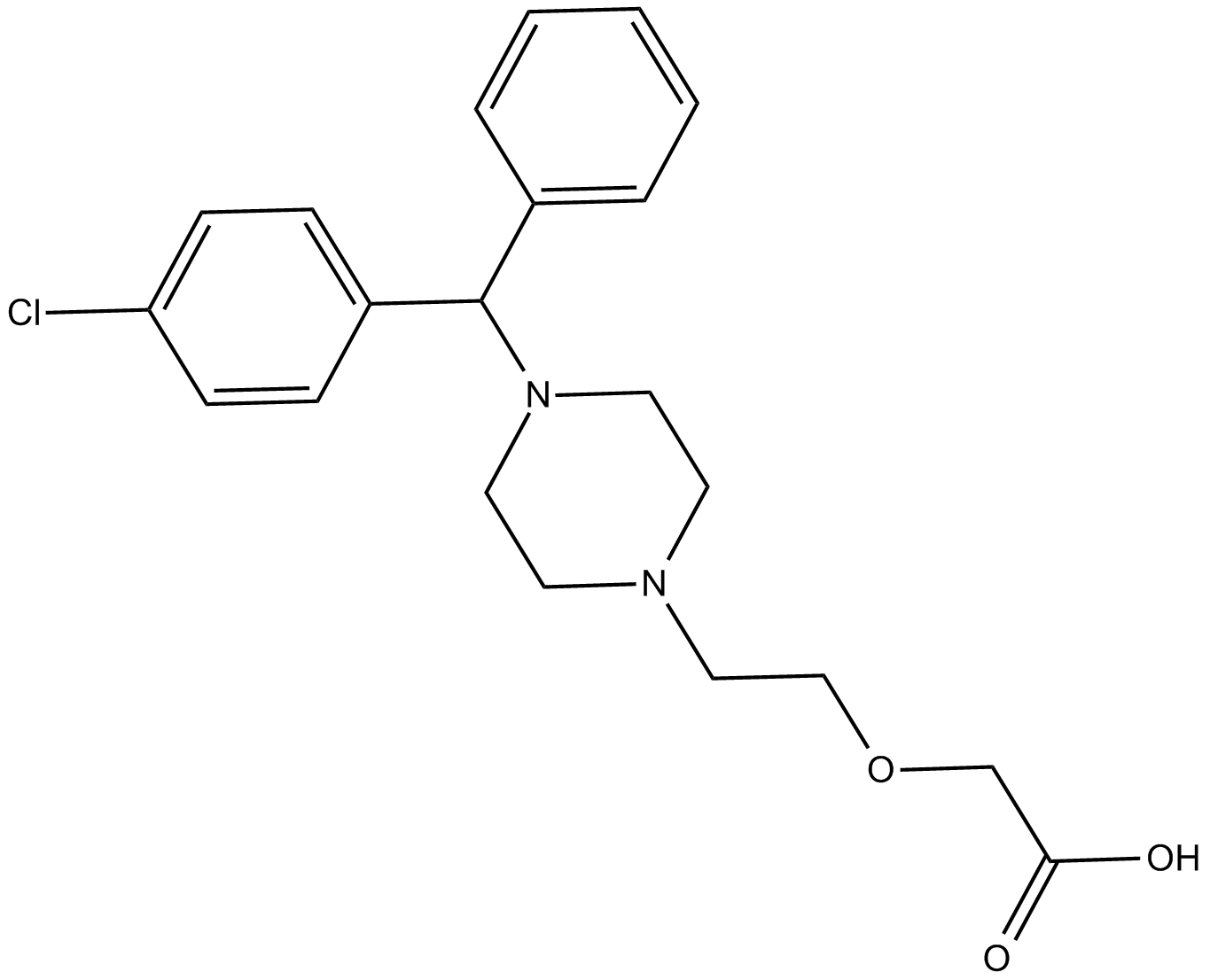 A3298 CetirizineSummary: Antihistamine
A3298 CetirizineSummary: Antihistamine -
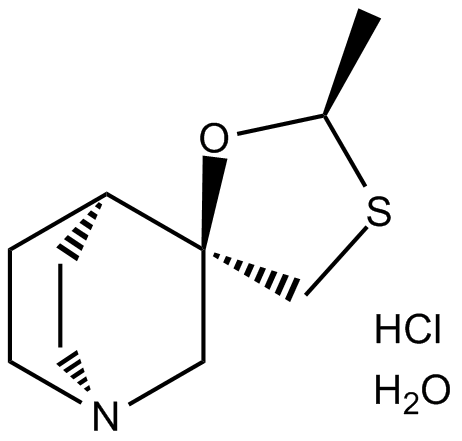 A3300 Cevimeline hydrochloride hemihydrateSummary: Agonist of muscarinic receptor (M1/M3)
A3300 Cevimeline hydrochloride hemihydrateSummary: Agonist of muscarinic receptor (M1/M3) -
 A3315 ClemizoleSummary: H1 histamine receptor antagonist
A3315 ClemizoleSummary: H1 histamine receptor antagonist -
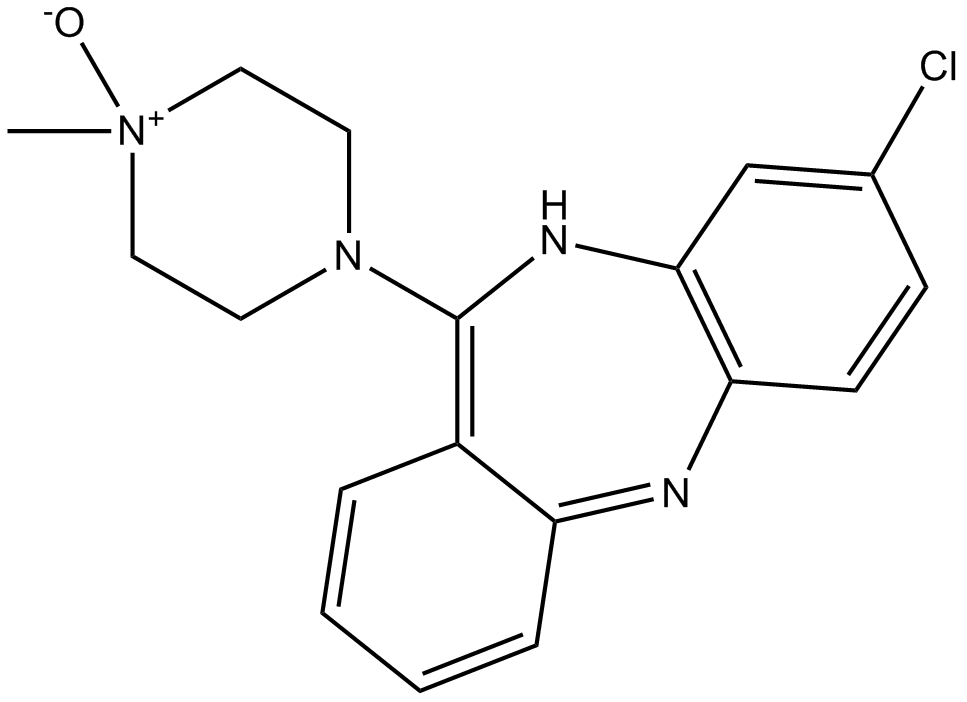 A3317 Clozapine N-oxide (CNO)35 CitationTarget: DREADD LigandsSummary: Metabolite of clozapine
A3317 Clozapine N-oxide (CNO)35 CitationTarget: DREADD LigandsSummary: Metabolite of clozapine -
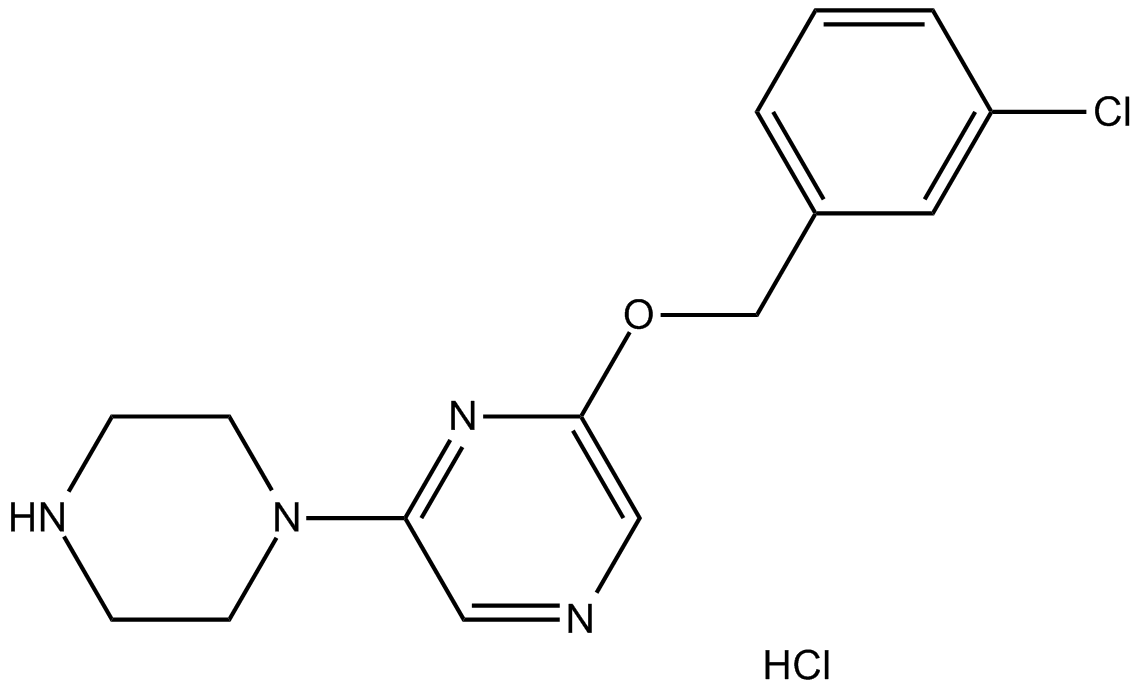 A3331 CP-809101 hydrochlorideSummary: 5-HT2C receptor agonist, potent and selective
A3331 CP-809101 hydrochlorideSummary: 5-HT2C receptor agonist, potent and selective -
 A3401 Etifoxine hydrochlorideTarget: GABAA receptorSummary: GABAA receptor potentiator
A3401 Etifoxine hydrochlorideTarget: GABAA receptorSummary: GABAA receptor potentiator -
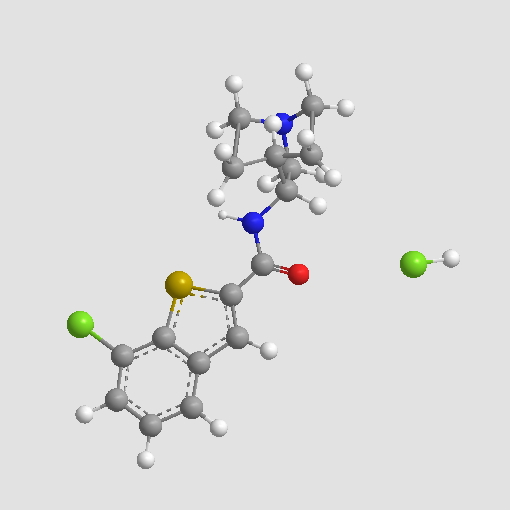 A3407 EVP-6124 hydrochlorideSummary: Alpha7 nAChR agonist
A3407 EVP-6124 hydrochlorideSummary: Alpha7 nAChR agonist -
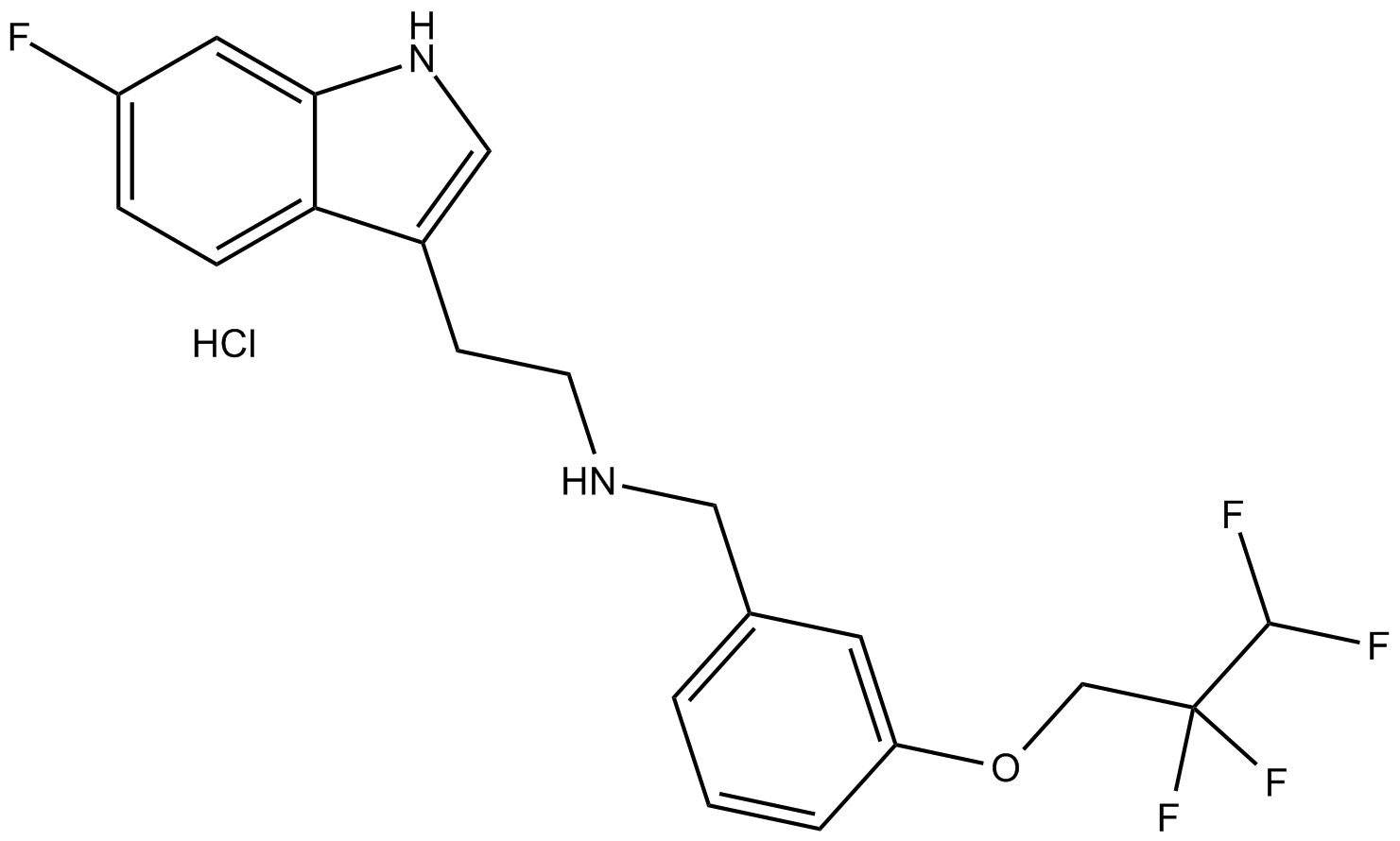 A3561 Lu AE58054 HydrochlorideSummary: 5-HT(6)R antagonist
A3561 Lu AE58054 HydrochlorideSummary: 5-HT(6)R antagonist

